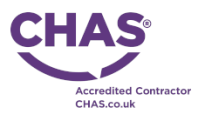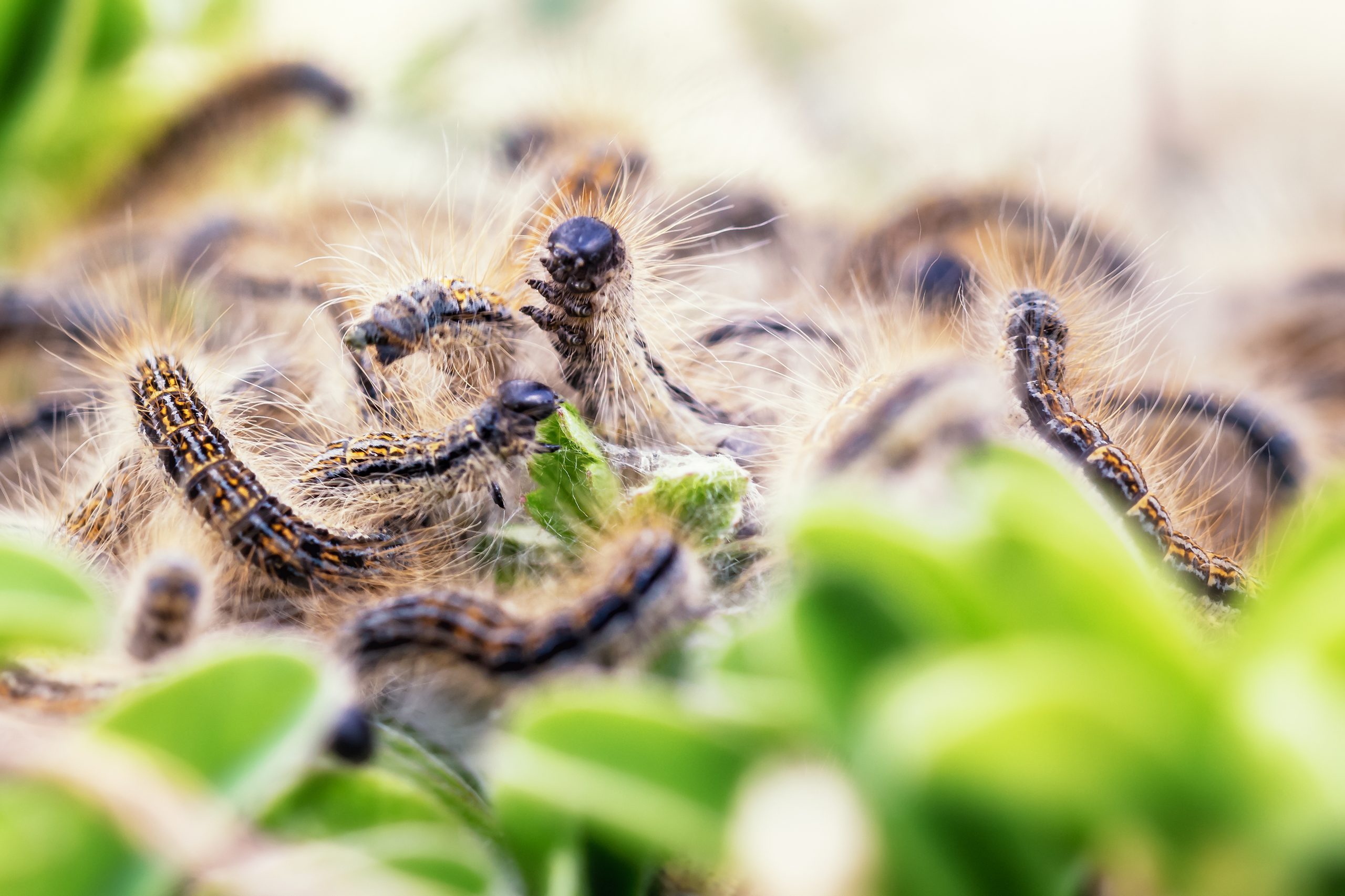
OAK PROCESSIONARY MOTH Control
The mighty OPM is one to watch out for all year round! Our specialist removal services will control these invasive species and protect potential harm to humans and animals.
Control Oak Processionary Moth colonies
We can control Oak Processionary Moth (OPM) invasions. Our specialist surveyors and operatives are highly experienced and qualified to work in woodland areas to provide the ideal solution to manage this harmful species.
There are two main dangers that OPM poses:
- The first and most obvious is the risk to the environment.
- The second is perhaps even more important and that’s the risk to people and animals that come contact with OPM or their nests!
For these reasons infestations of OPM needs to be controlled – we can help with that.
Environment Controls is a trading name of Japanese Knotweed Ltd. We have been building relationships with customers since 2010 and have over 1,000 independent five star reviews on TrustPilot. Our H&S trained and accredited team members will resolve OPM infestations.
The benefits of a survey
Getting the help you need starts with a survey. Book your survey today and our highly qualified and experienced surveyors will be able to provide you with a comprehensive report of the extent of the infestation and offer clear no-obligation advice on the best options available to resolve the issue.
contact us or get a quote
Threat to the environment
The OPM has an insatiable appetite. From the moment these creatures are born they want to eat. They will completely strip entire areas of oak trees of their leaves – a process known as defoliating. This damages the tree, leaving it vulnerable to other threats such as diseases, other pests and environmental stresses such as drought. Additionally, many native species in the UK make their homes in the trees and branches of the mighty oak. As the OPM eats their way through the canopy many species lose their habitat which puts a strain on biodiversity.
OPM is normally only seen during the months of May, June and July while they’re feeding. However Winter is also a good time to spot old nests on trees without leaves. Egg masses can also be found during the winter, but they are small and hard to see.
But it’s important to note that throughout the year nests can remain irritating for months after the adult moths have left.
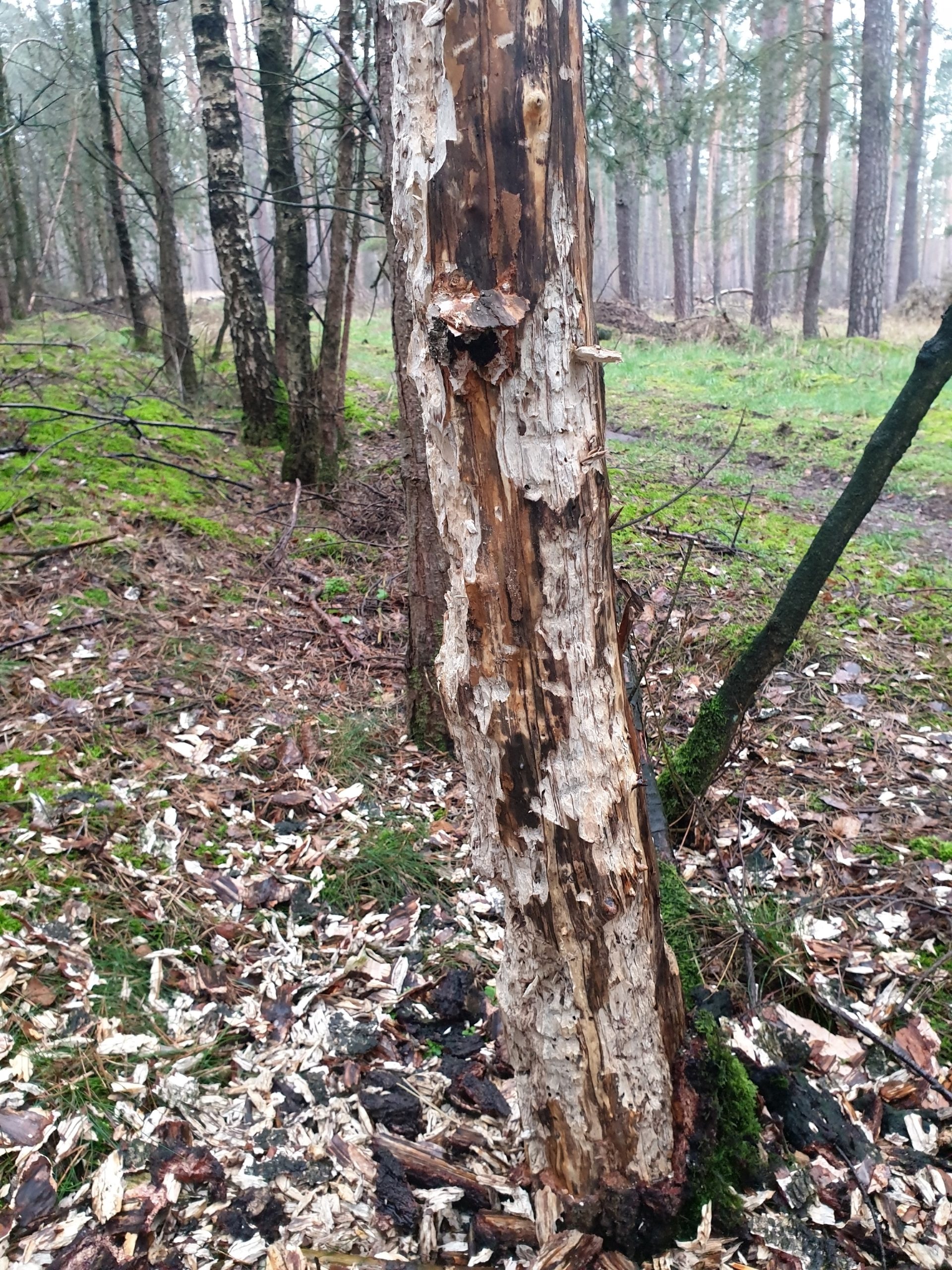
Threat to people and animals
According to forestry research, as the caterpillars grow they develop tiny hairs that contain an irritating protein called thaumetopoein. Humans, pets and livestock or those working in oak woodlands coming into contact with these hairs can cause a range of unpleasant issues including the Oak Processionary Moth rash:
- Itching and inflamed skin
- Rashes
- Eye irritation
- Sore throat
- Breathing difficulties
The threat is most prevalent during the months of May and June as the caterpillars are reaching maturity. The caterpillars can shed their hairs when they feel threatened and when they’re disturbed. Their nests also accumulate a lot of the hairs, which can potentially fall to the ground, appearing as harmless leaf litter. In areas affected by the OPM caterpillar it’s possible to find the hairs stuck to trunk branches, in grass around the area and the hairs can get stuck on clothing and equipment.
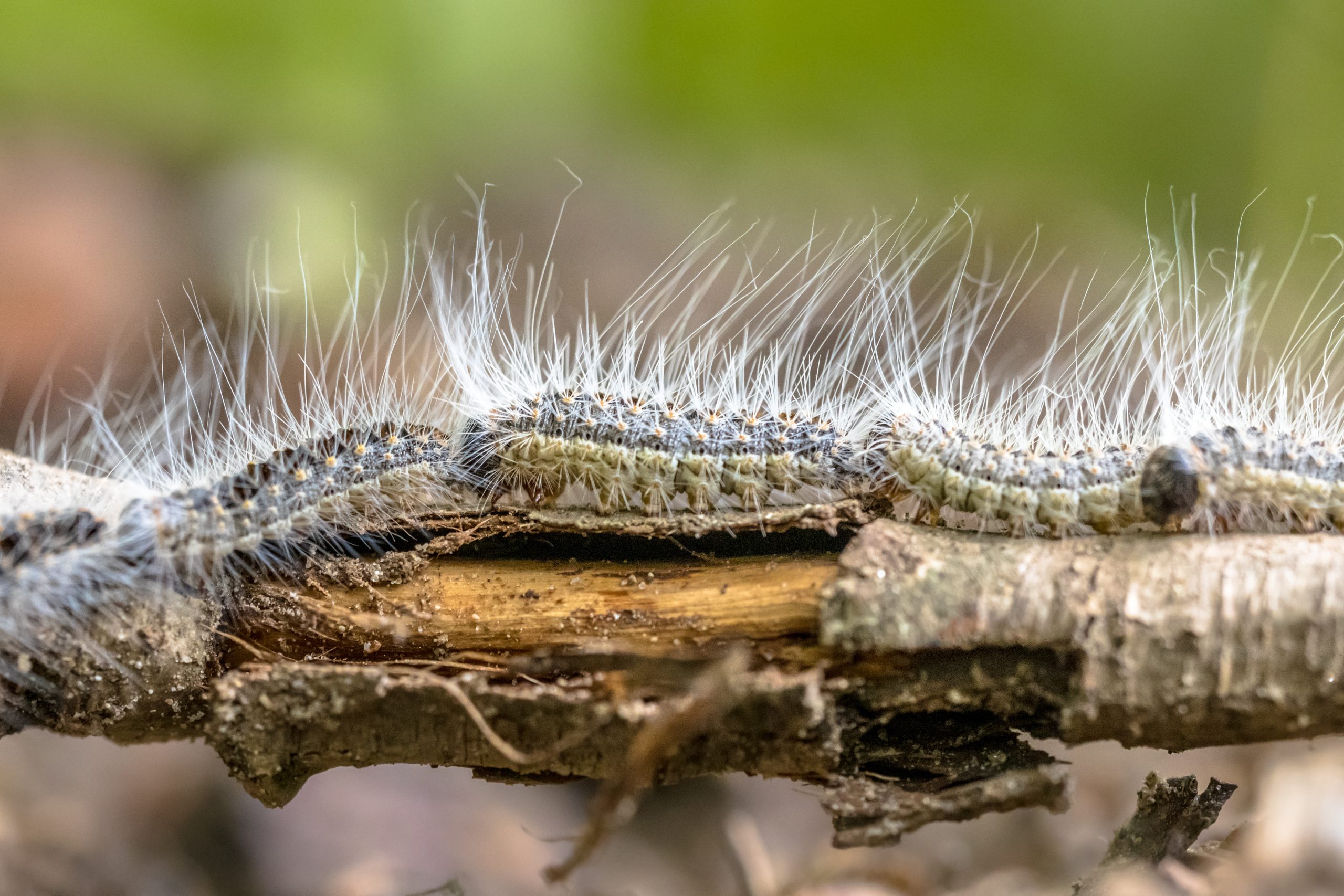
Special Regulations
There are also special regulations on the movements of Oak materials (such as cut branches) that are the results of tree works and to the handling of OPM-affected materials. These regulations limit the movement of materials outside of the effected area. For example, Oak materials smaller than 10cm in diameter, which is the material most likely to harbour OPM eggs, must not be moved outside of the OPM-affected area.
In addition to the regulations on the movement of oak materials, there are also various restrictions on the trade and movement of Oak trees to help protect the country against OPM through movement and imports.
Landowners are responsible
In the established area if OPM is infesting oak trees on your land, then it’s your responsibility to manage it. This is where professionals (like us) come in. Due to the hazards and risks of contact with OPM it is strongly advised that you contract a professional to treat the infestation and remove any hazardous nest material from the area.
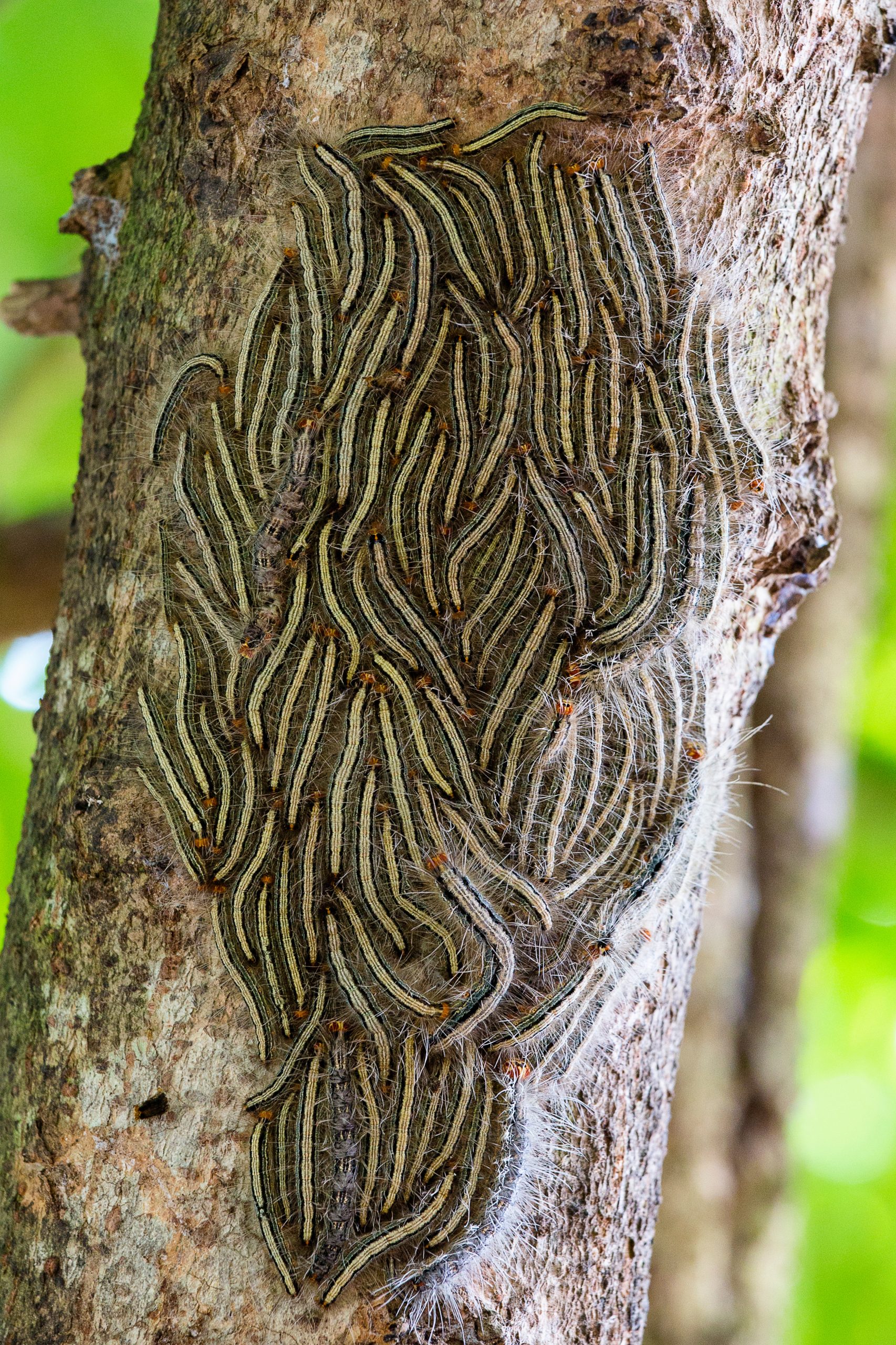
Why choose us
- Over 1000 independent five-star reviews on Trustpilot
- Extensive in-house environmental expertise
- Fully trained and qualified teams
- National services










